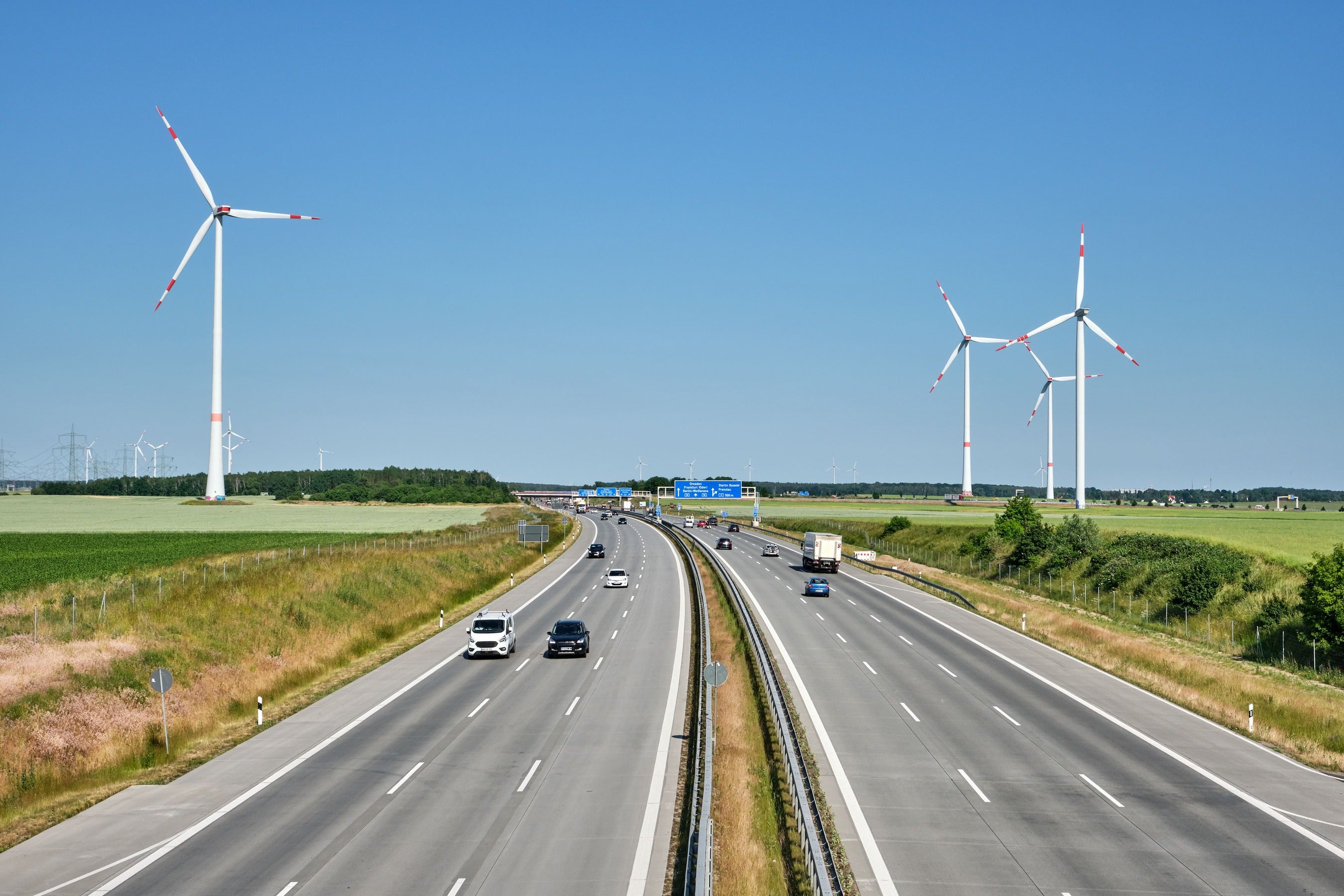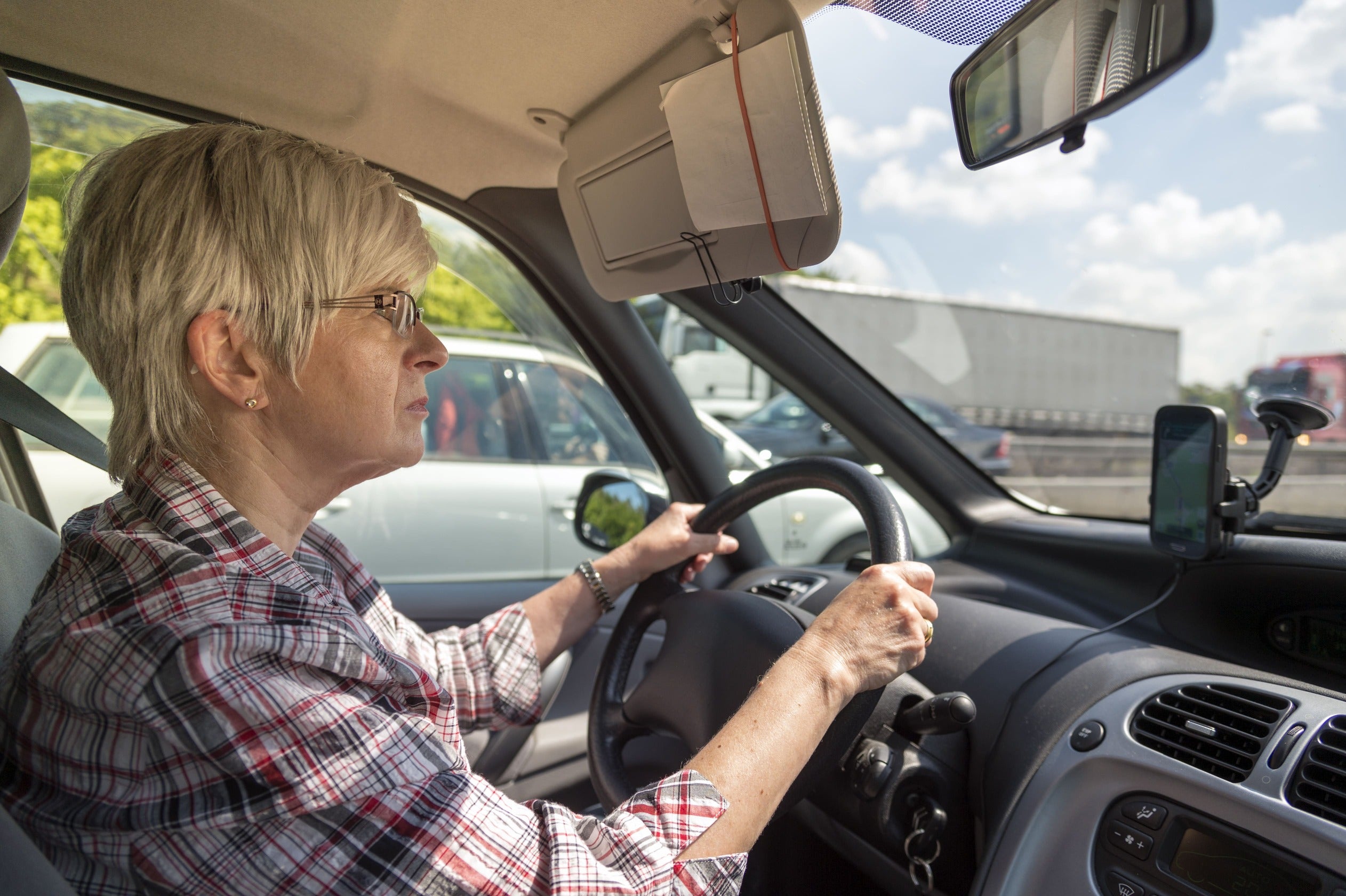Driving in Germany: A Guide to International Driver's Licenses and Road Rules

Driving in Germany is an exhilarating experience, offering breathtaking landscapes and a well-maintained road network. However, it's important to note that the rules may differ from what you're accustomed to in your home country. In this article, we'll provide you with valuable information and helpful tips to ensure that you have a smooth and safe journey on German roads.
From speed limits to right of way, we'll cover all the essential road rules that every driver should be aware of. Additionally, we will explain the process of obtaining an IDL's international driver's license online, so you're fully prepared before you embark on your German adventure.
So, fasten your seatbelt and join us as we dive into the ins and outs of driving in Germany!
Before you start planning your German road trip, it's important to check if you need an international driver's license. An international driver's license, also known as an IDL, is a document that translates your domestic driver's license into multiple languages, making it easier for authorities in foreign countries to understand your driving credentials.
To obtain an international driver's license, you typically need to be at least 18 years old and hold a valid driver's license from your home country. The process of obtaining an IDL varies depending on your country of residence. You can apply for an IDL through our official website: www.international-license.com.
Once you have your international driver's license, it's important to carry it with you at all times while driving in Germany. While the IDL is not a stand-alone document and must be accompanied by your original driver's license, it will be a valuable asset in case you encounter any legal or language barriers during your trip.
Understanding road rules in Germany
Now that you have your international driver's license, let's dive into the road rules and regulations of Germany. Familiarizing yourself with these rules will help you navigate the roads confidently and stay on the right side of the law.
In Germany, driving is on the right side of the road, and the steering wheel is on the left side of the vehicle, similar to most European countries. It's important to remember this when driving, especially if you're used to driving on the left side of the road in your home country.
One of the key road rules in Germany is the requirement to yield to traffic coming from the right at intersections where there are no traffic signs or signals. This might be different from what you're accustomed to, so always be cautious and aware of your surroundings when approaching intersections.
Speed limits and traffic signs in Germany
Germany is famous for its autobahns, which are known for their sections without speed limits. However, this doesn't mean that you can drive as fast as you want everywhere in Germany. Speed limits do exist in certain areas, and it's important to adhere to them to ensure your safety and avoid hefty fines.
On autobahns, there are often recommended speed limits, indicated by round blue signs with white numbers. These recommended limits are not legally binding but are provided as guidance to ensure a smooth flow of traffic. However, there are also sections with enforceable speed limits, usually indicated by rectangular white signs with black numbers.
In urban areas, the speed limit is generally 50 kilometers per hour (31 miles per hour), unless otherwise posted. On rural roads, the limit is typically 100 kilometers per hour (62 miles per hour), but it's important to pay attention to any posted signs indicating a different speed limit.
Parking regulations and restrictions
When it comes to parking in Germany, it's essential to be aware of the regulations and restrictions to avoid fines or having your vehicle towed. Parking spaces in cities are often limited, and illegal parking is strictly enforced.
In residential areas, you may encounter "Anwohnerparkplatz" signs, which indicate parking spaces reserved for residents with a permit. It's important not to park in these spaces unless you have the appropriate permit. Violating parking regulations can result in fines or even the removal of your vehicle.
In city centers, you'll often find designated parking zones with parking meters or ticket machines. These zones are usually marked by blue lines on the road, and you'll need to purchase a parking ticket to display in your vehicle. The duration and cost of parking will vary depending on the city, so make sure to check the parking regulations and pay for the appropriate amount of time.

Tips for driving on the Autobahn
Driving on the Autobahn can be an exciting experience, but it's important to approach it with caution and follow the rules to ensure a safe journey. Here are some tips to keep in mind when driving on Germany's famous highways:
- Pay attention to speed limits: While there are sections without speed limits on the Autobahn, it's important to remember that speed limits may be imposed in certain areas. Always be aware of any posted speed limits and adjust your speed accordingly.
- Use the right lane: The left lane on the Autobahn is typically reserved for passing. If you're not actively passing another vehicle, it's best to drive in the right lane. This helps maintain a smooth flow of traffic and reduces the risk of accidents.
- Keep a safe distance: Maintaining a safe distance from the vehicle in front of you is crucial, especially when driving at high speeds. The general rule of thumb is to keep a distance of at least two seconds, but it's advisable to increase this distance in adverse weather conditions.
Dealing with tolls and vignettes
In Germany, tolls are not as common as in some other European countries. However, there are certain situations where you may encounter tolls or require a vignette (a sticker indicating that tolls have been paid). Here are a few scenarios where tolls or vignettes may be applicable:
- Use of certain tunnels and bridges: Some tunnels and bridges in Germany may have tolls associated with their usage. Make sure to check in advance if your planned route includes any toll roads and be prepared to pay the required fees.
- Driving in neighboring countries: If you plan to drive from Germany to neighboring countries such as Austria or Switzerland, you may need to purchase a vignette to use their highways. Vignettes are typically available for purchase at border crossings or at designated service stations.
Road safety and emergency procedures in Germany
Road safety is of utmost importance when driving in any country, and Germany is no exception. Familiarizing yourself with the emergency procedures and knowing how to handle different situations can make a significant difference in ensuring your safety and the safety of others on the road.
In case of an accident or breakdown, it's important to move your vehicle to a safe location, if possible, and activate your hazard lights. Germany has a well-organized emergency services system, and you can dial 112 for immediate assistance in case of an emergency.
It's also important to carry essential safety equipment in your vehicle, such as a warning triangle and a reflective vest. These items are mandatory in Germany and should be used to alert other drivers of your presence in case of an emergency or breakdown.
Useful resources and apps for driving in Germany
To make your driving experience in Germany even smoother, there are several resources and apps that can provide valuable information and assistance. Here are a few useful ones:
- ADAC (Allgemeiner Deutscher Automobil-Club): ADAC is Germany's largest automobile club and offers a range of services for motorists, including roadside assistance, travel advice, and traffic information. They have a website and mobile app that can be helpful during your trip.
- Maps and navigation apps: Popular navigation apps such as Google Maps, Waze, or Here WeGo can be extremely useful for getting accurate directions, real-time traffic updates, and information on nearby amenities.
- Weather apps: Checking the weather forecast before setting off on your journey can help you prepare for any potential weather conditions that may affect your drive. Apps like AccuWeather or The Weather Channel can provide reliable forecasts.
Conclusion: Enjoying the open roads in Germany
As you can see, driving in Germany can be both exhilarating and enjoyable, as long as you familiarize yourself with the road rules, obtain the necessary documentation, and follow the safety guidelines. From the Autobahn to the picturesque countryside, Germany offers a diverse range of driving experiences that are sure to leave you with unforgettable memories.
Remember to apply for your International Driver's License online by clicking here or visit the official website www.international-license.com to make your application online and easy.
So, whether you're planning a road trip to explore the romantic Rhine Valley, visit the historic castles along the Romantic Road, or simply want to soak in the beauty of the German countryside, remember to prioritize safety, respect the road rules, and enjoy the open roads of Germany to the fullest. Happy driving! Auf Wiedersehen! 👋 🇩🇪
